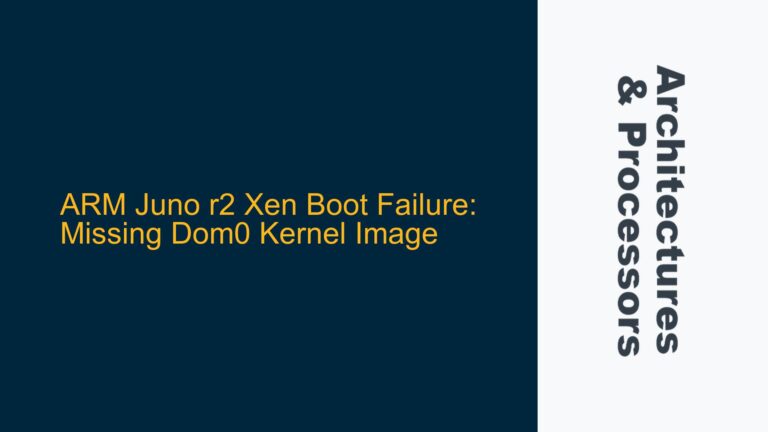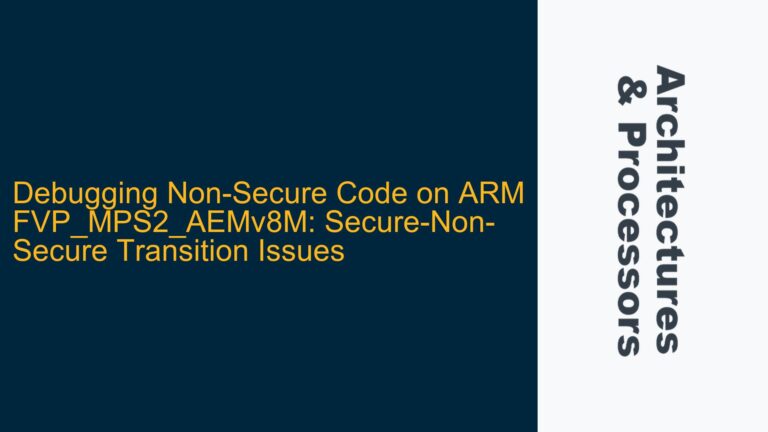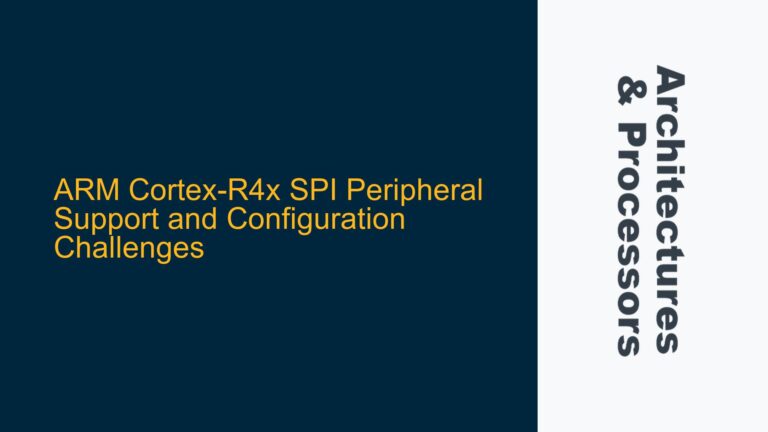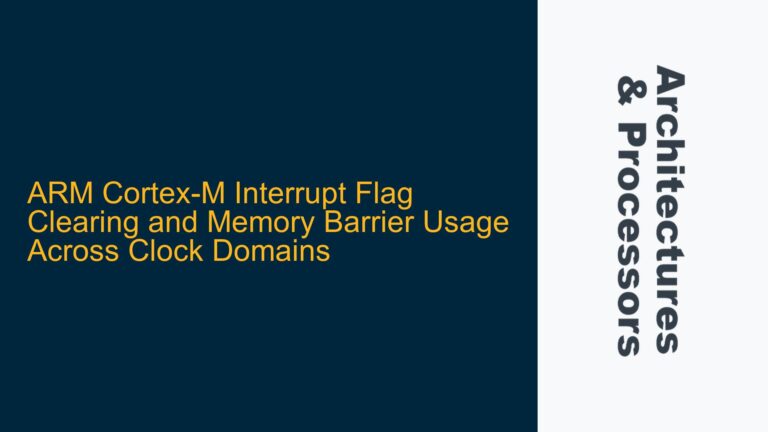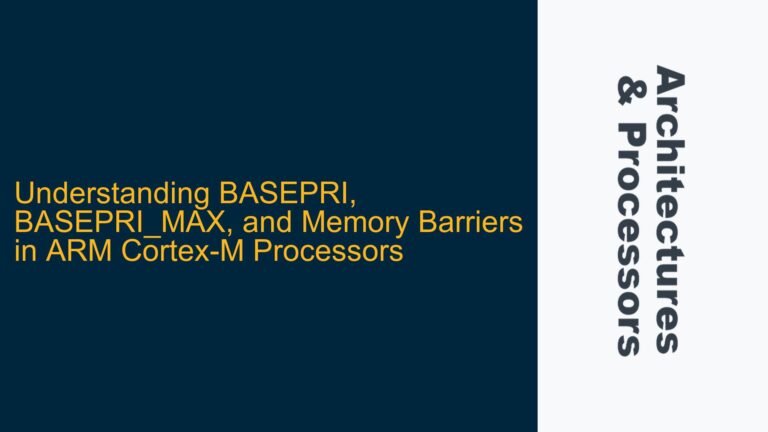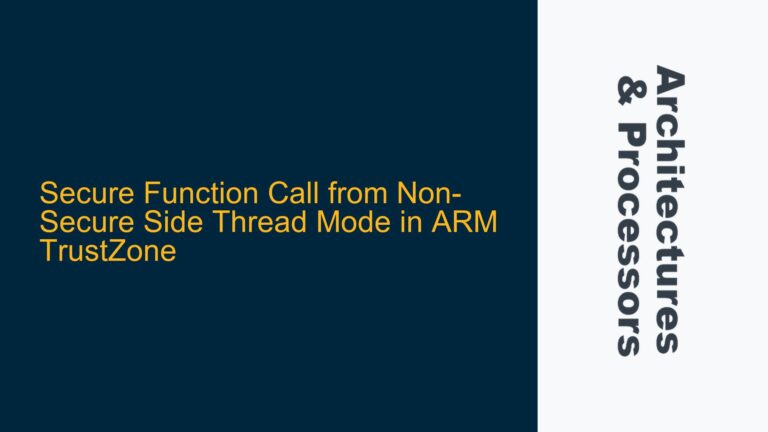ARM Cortex-M4 16-bit Memory Read Behavior on 32-bit Data Bus: Troubleshooting and Solutions
ARM Cortex-M4 16-bit Memory Read Behavior on 32-bit Data Bus When designing embedded systems with ARM Cortex-M4 processors, one common scenario involves interfacing a 16-bit memory chip with a 32-bit data bus. This configuration is often used to optimize cost and power consumption while maintaining sufficient performance for many applications. However, this setup can lead…

